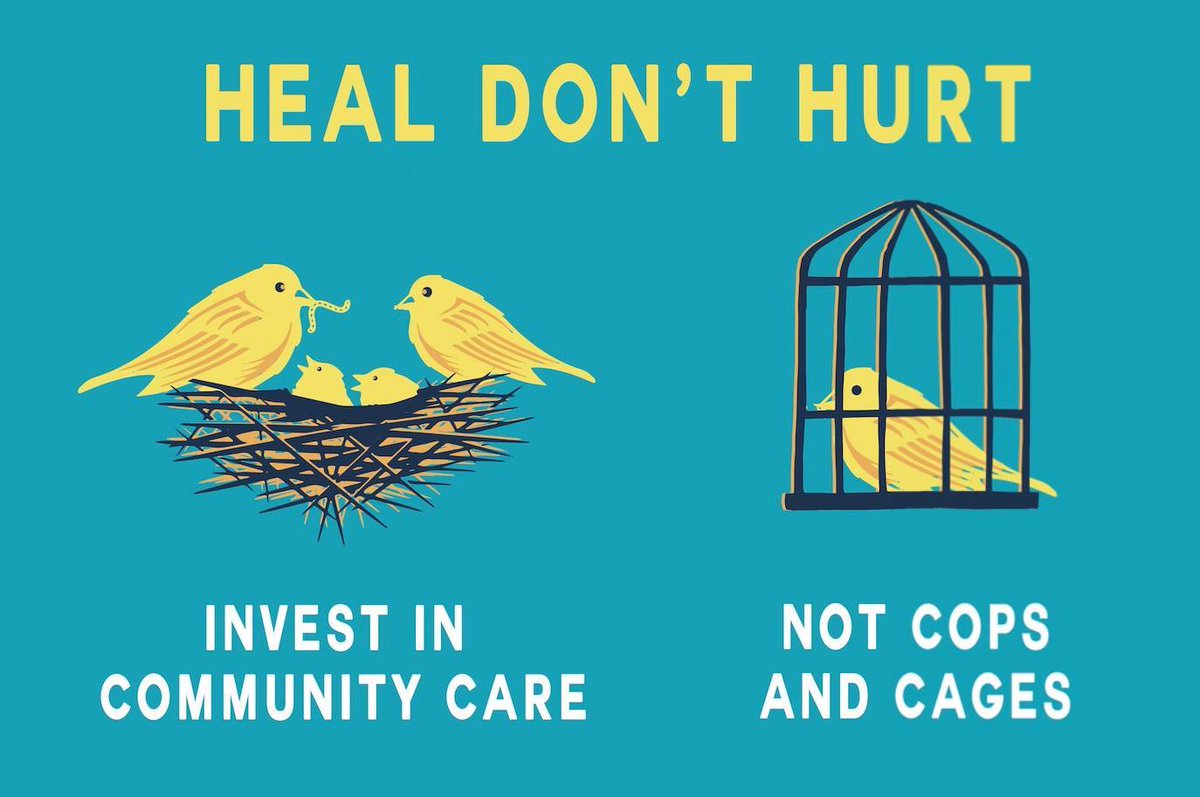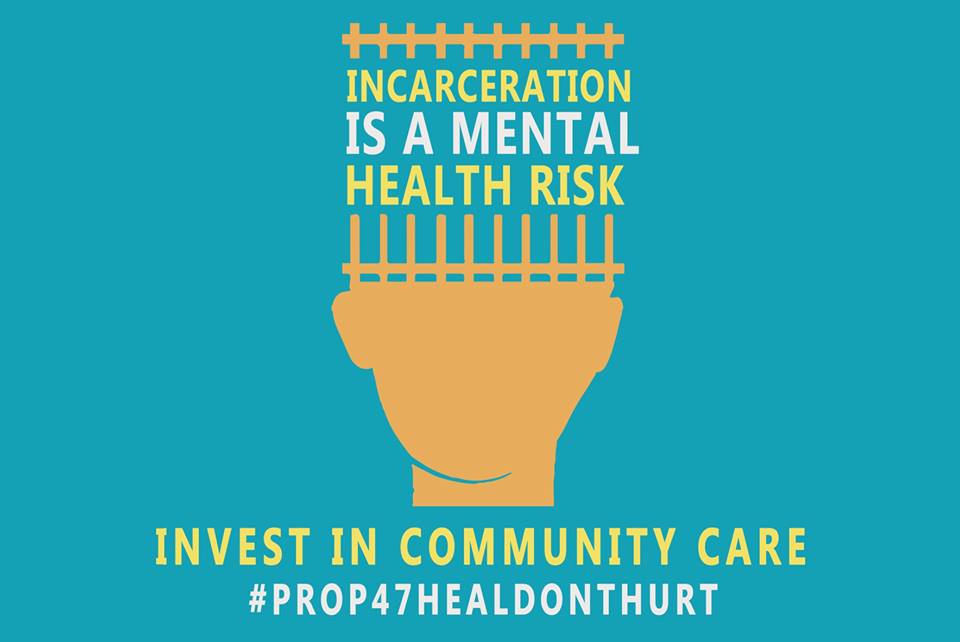More information via CURB:
Californians United for a Responsible Budget (CURB) is a coalition of over 65 organizations... experts on California’s incarceration policies who support reducing the number of people in prison, the number of prisons in California, and removing barriers to reentry, we believe it is important... to point out both the positive steps that Prop 47 would bring about, as well as raise questions and concerns to consider... California has a history of defining criminal justice policy through ballot initiatives. In order to achieve passage, many have included provisions that appeal to racism, and have strengthened aspects of “tough on crime” politics. Some provisions reinforce “business as usual” policy practices that harm communities of color by funneling state funds into destructive questionable “crime prevention” programs. We have compiled the summary below in order to educate about the different aspects of this proposition.
Brief Summary of Proposition 47 -– The Safe Neighborhoods & Schools Act of 2014
Prop 47 changes the lowest level nonviolent drug possession and petty theft crimes from felonies to simple misdemeanor for some people. It authorizes resentencing for any adult or juvenile who is incarcerated for these offenses and who is determined to “pose no threat to public safety.” According to the official website promoting the initiative “the majority of people who will be eligible for resentencing are people of color, particularly African Americans and Latinos.”
Provisions: The measure would require misdemeanor sentencing instead of felony for the following crimes:
Shoplifting, where the value of the property stolen does not exceed $950.The measure would permit consideration of re-sentencing for anyone currently serving a prison sentence for crimes listed above. Proponents estimate a significant reduction to California’s prison and and jail population; around 10,000 prisoners would be eligible for resentencing. Re-sentencing is not guaranteed. People with prior convictions for certain violent felonies would be disqualified from the reduced charges under the initiative. It emphasizes that “people convicted of dangerous crimes like rape, murder or child molestation” are not eligible for release. It requires “thorough review” of criminal history and risk assessment of any individual before re-sentencing to ensure that they “do not pose a risk to the public.” ... The Proposition makes strong distinctions between people with prior felony convictions for violent crimes. It emphasizes that only people “no longer a threat to public safety,” can be released.
Theft, where the value does not exceed $950
Forgery, where the value of a check, bond or bill does not exceed $950
Fraud, where the value of the fraud does not exceed $950.
Possession of a narcotic drug
Possession of concentrated cannabis.
The measure creates a Safe Neighborhoods and Schools Fund to receive savings accrued by the state during the fiscal year, as compared to the previous fiscal year, due to initiatives provisions. The estimated savings range from $150 million to $250 million/year. Monies would be distributed from the Fund as follows: 25% to the Department of Education to reduce truancy and support at-risk students or victims of crime, 10% to the Victim Compensation and Government Claims Board for trauma recovery centers, and 65% to the Board of State and Community Correction for grants to public agencies providing mental health treatment, substance abuse treatment to reduce recidivism of people in the justice system.
The measure will have a significant impact on incarceration rates, there will be the potential to release a large number of individuals, mostly people of color, and prevent thousands more from being locked up in the future. If in state incarcerations rate drop, there is potential to bring out-of-state prisoners back to California. It will also provide funding for education programs aimed at reducing truancy, mental health, substance abuse and jail diversion programs. If passed a majority of Californians would be affirming the need for locking-up fewer people. This could have resounding impacts on the national and statewide discussion on prison and mass incarceration. However, if voters are seen opposing criminal justice reform efforts, which could have a negative effect on ongoing efforts to reduce incarceration.
Groups opposing the initiative include California Police Chiefs Assoc., California Sheriff’s Assoc., California District Attorneys Assoc., and California Victims United.


No comments:
Post a Comment